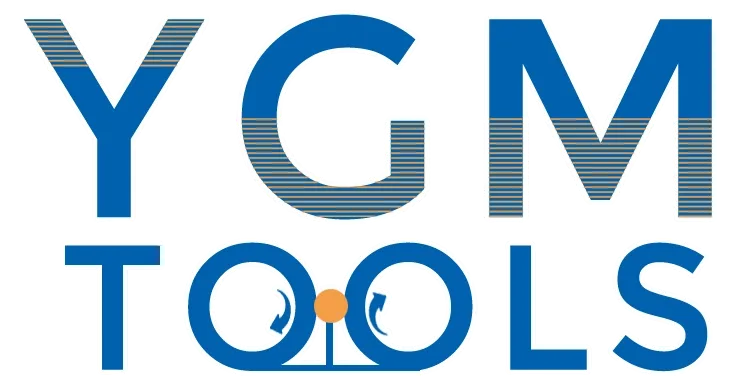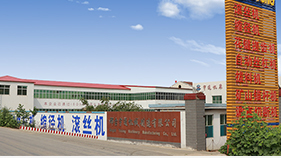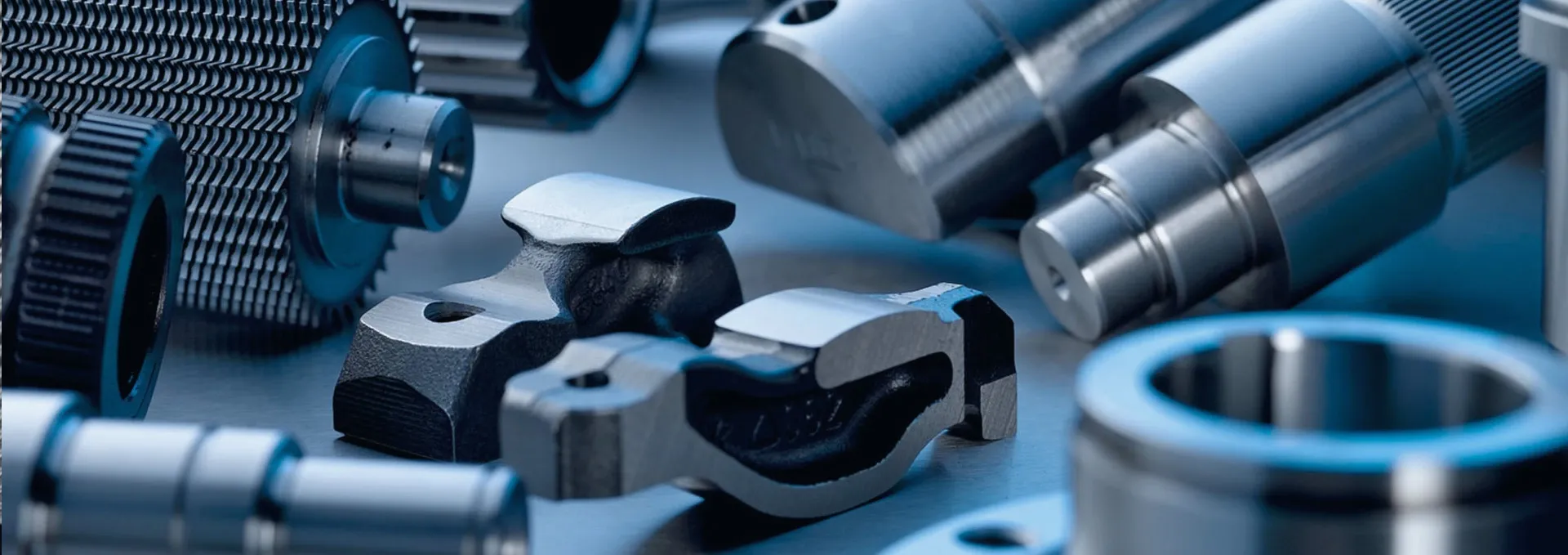
-
 Afrikaans
Afrikaans -
 Albanian
Albanian -
 Amharic
Amharic -
 Arabic
Arabic -
 Armenian
Armenian -
 Azerbaijani
Azerbaijani -
 Basque
Basque -
 Belarusian
Belarusian -
 Bengali
Bengali -
 Bosnian
Bosnian -
 Bulgarian
Bulgarian -
 Catalan
Catalan -
 Cebuano
Cebuano -
 Corsican
Corsican -
 Croatian
Croatian -
 Czech
Czech -
 Danish
Danish -
 Dutch
Dutch -
 English
English -
 Esperanto
Esperanto -
 Estonian
Estonian -
 Finnish
Finnish -
 French
French -
 Frisian
Frisian -
 Galician
Galician -
 Georgian
Georgian -
 German
German -
 Greek
Greek -
 Gujarati
Gujarati -
 Haitian Creole
Haitian Creole -
 hausa
hausa -
 hawaiian
hawaiian -
 Hebrew
Hebrew -
 Hindi
Hindi -
 Miao
Miao -
 Hungarian
Hungarian -
 Icelandic
Icelandic -
 igbo
igbo -
 Indonesian
Indonesian -
 irish
irish -
 Italian
Italian -
 Japanese
Japanese -
 Javanese
Javanese -
 Kannada
Kannada -
 kazakh
kazakh -
 Khmer
Khmer -
 Rwandese
Rwandese -
 Korean
Korean -
 Kurdish
Kurdish -
 Kyrgyz
Kyrgyz -
 Lao
Lao -
 Latin
Latin -
 Latvian
Latvian -
 Lithuanian
Lithuanian -
 Luxembourgish
Luxembourgish -
 Macedonian
Macedonian -
 Malgashi
Malgashi -
 Malay
Malay -
 Malayalam
Malayalam -
 Maltese
Maltese -
 Maori
Maori -
 Marathi
Marathi -
 Mongolian
Mongolian -
 Myanmar
Myanmar -
 Nepali
Nepali -
 Norwegian
Norwegian -
 Norwegian
Norwegian -
 Occitan
Occitan -
 Pashto
Pashto -
 Persian
Persian -
 Polish
Polish -
 Portuguese
Portuguese -
 Punjabi
Punjabi -
 Romanian
Romanian -
 Russian
Russian -
 Samoan
Samoan -
 Scottish Gaelic
Scottish Gaelic -
 Serbian
Serbian -
 Sesotho
Sesotho -
 Shona
Shona -
 Sindhi
Sindhi -
 Sinhala
Sinhala -
 Slovak
Slovak -
 Slovenian
Slovenian -
 Somali
Somali -
 Spanish
Spanish -
 Sundanese
Sundanese -
 Swahili
Swahili -
 Swedish
Swedish -
 Tagalog
Tagalog -
 Tajik
Tajik -
 Tamil
Tamil -
 Tatar
Tatar -
 Telugu
Telugu -
 Thai
Thai -
 Turkish
Turkish -
 Turkmen
Turkmen -
 Ukrainian
Ukrainian -
 Urdu
Urdu -
 Uighur
Uighur -
 Uzbek
Uzbek -
 Vietnamese
Vietnamese -
 Welsh
Welsh -
 Bantu
Bantu -
 Yiddish
Yiddish -
 Yoruba
Yoruba -
 Zulu
Zulu
Optimal Setup for OEM Thread Rolling Machines in Manufacturing Processes
Setting Up an OEM Thread Rolling Machine
Thread rolling is a vital process in manufacturing industries, particularly for producing high-strength fasteners. An Original Equipment Manufacturer (OEM) thread rolling machine is designed to create precise threads on various materials. Setting up such a machine requires attention to detail and a systematic approach to ensure optimum performance and product quality.
The first step in setting up an OEM thread rolling machine is to select the appropriate machine model that suits the production needs. Different machines are designed for various types of threads, materials, and production volumes. Once the suitable machine is identified, the next phase involves preparing the workspace. This includes ensuring that the machine is placed on a stable surface, free of vibrations, and in proximity to power sources and raw materials for efficiency.
Before operating the machine, it’s crucial to review the manufacturer's manual. The manual provides specific guidelines related to the machine's operation, maintenance, and troubleshooting. Proper understanding of these instructions will aid in a smoother setup and reduce the risk of malfunctions.
The next step is to install the required tooling. This includes selecting the appropriate thread rolling dies that match the desired thread type and size. It’s essential to handle the dies carefully and ensure they are fitted securely to the machine. Misalignment during this phase can lead to defects in the threaded products and increased wear on the machine.
oem thread rolling machine setup

Once the tooling is in place, the setup process includes adjusting the machine settings such as speed, feed rate, and rolling pressure. These parameters are critical and typically vary based on the material being processed. For instance, harder materials may require slower speeds and higher pressure to form threads correctly. Operators must also conduct trial runs to fine-tune these settings, ensuring that the output meets desired specifications.
Safety should not be overlooked during the setup and operation of the OEM thread rolling machine. Operators should wear appropriate personal protective equipment (PPE) and adhere to all safety guidelines to mitigate risks associated with machine operation.
Finally, regular maintenance checks must be incorporated into the machine’s routine to ensure long-term reliability and performance. This includes lubricating moving parts, inspecting for wear and tear, and ensuring that safety devices are functioning correctly.
In conclusion, setting up an OEM thread rolling machine involves a systematic approach that emphasizes selection, preparation, proper tooling, parameter adjustments, safety, and maintenance. By following these steps diligently, manufacturers can optimize their processes and ensure high-quality threaded products.
